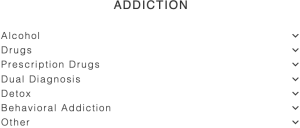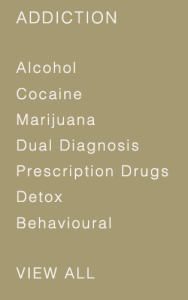11 Minutes
CONTENTS
Dependent personality disorder (DPD) is a subtype of anxious personality disorder. Individuals with DPD frequently feel vulnerable, submissive, or incapable of self-care. They may struggle to make simple decisions. Someone with a dependent personality, on the other hand, can learn self-reliance and self-confidence with assistance.
Personality is defined by mental health professionals as a person’s way of feeling, behaving, and thinking. A personality disorder influences how people think and act, causing them to behave in unusual ways over time.
One of ten types of personality disorders is DPD. Narcissistic personality disorder, antisocial personality disorder, and paranoid personality disorder are some of the others. DPD usually begins in childhood or by the time a person reaches the age of 29.
Individuals with DPD have a strong desire to be looked after by others. A person with DPD frequently relies on family and friends to meet their physical and emotional needs. Others may label them as clingy or needy.
Individuals with DPD may feel they are incapable of self-care. They may struggle to make routine choices, like what to wear, without the support of others.
According to statistics, about 10 percent of adults suffer from a personality disorder. Only about 1 percent of adults fit the criteria for DPD. DPD affects more women than men.
FAQs
A UNIQUE METHOD TREATING Personality Disorder
a successful and proven concept focusing on underlying causesPersonality Disorder TREATMENT LASTING APPROACH
0 Before
Send Admission Request
0 Before
Define Treatment Goals
1 week
Assessments & Detox
1-4 week
Psychological & Holistic Therapy
4 week
Family Therapy
5-8 week
Aftercare
12+ week
Refresher Visit
Personality Disorder Insights
latest news & research on Personality DisorderHow To Stop A Manic Episode
During a manic episode, individuals may experience racing thoughts, decreased need for sleep, increased energy, and reckless behavior
read moreTypes Of Schizophrenia
Schizophrenia is a complex and heterogeneous psychiatric disorder that can be classified into different subtypes based on clinical features, symptoms, and outcomes
read more








